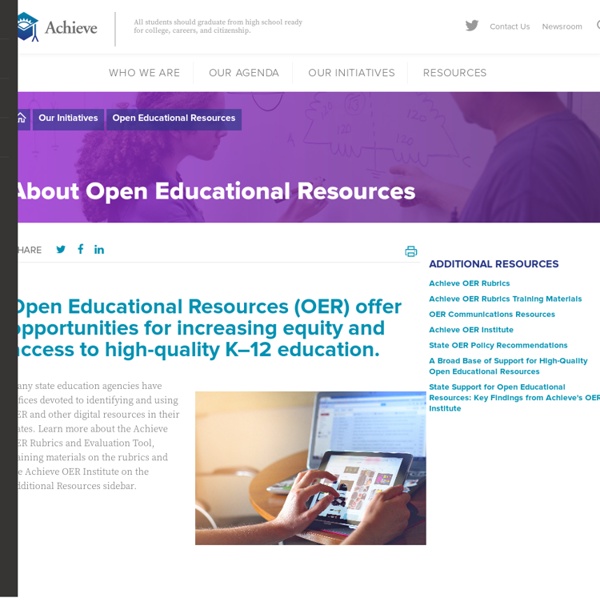



Lumen Learning – OER Courses, Degree Programs, Adoption Developing Core Proficiencies Curriculum - Odell Education Each unit focuses instruction and assessment on developing core proficiencies aligned with a limited set of targeted standards. Additionally, the activities of each unit integrate many other standards to support student learning. This two-tiered alignment design builds a variety of literacy skills in an integrated way, while developing core proficiencies through focused lesson sequences and assessment. The design also helps teachers capture precise evidence of student proficiency as they monitor student progress and integrate the series into a yearlong instructional plan. Unit activities have been built to encourage creativity and leadership development with the goal of empowering students with awareness and responsibility of their own learning. Following the design and intent of the Common Core, the unit series incorporates sustained and structured collaborative activities to build those essential collaborative skills and habits.
OER Commons Opinion Editorials (Op-Eds) | Talking About… | Frequently Asked Questions | Brochures and Explainers Opinion Editorials (Op-Eds) The following op-eds appeared in newspapers and on websites across northern New England. They cover a wide range of issues but all of them incorporate the framed story of education and learning. Champlain Valley Union High School: an op-ed about the school’s re-design efforts by Andre LaChance, English teacher and school advisor. Theordora J. David Theoharides, Superintendent, Sanford School Department in Maine shares his thoughts on proficiency-based graduation requirements. Talking About… Tammy Davis, Superintendent, Winnisquam Regional School District in New Hampshire, talks about systemic reform in the first in a series of newspaper columns. The following documents and links reflect recommendations based on the results of research on how Americans think about education and learning. Frequently Asked Questions Brochures & Explainers
HippoCampus - Homework and Study Help - Free help with your algebra, biology, environmental science, American government, US history, physics and religion homework LibriVox | free public domain audiobooks Solutions | Knovation Your digital transformation presents exciting opportunities. With them, come challenges – including the uncertainty around providing high-quality, rigorous online resources to support your teachers and students. How do you ensure your teachers are using reliable, standards-aligned online resources so students can truly benefit from your district’s digital transformation? Our Solutions